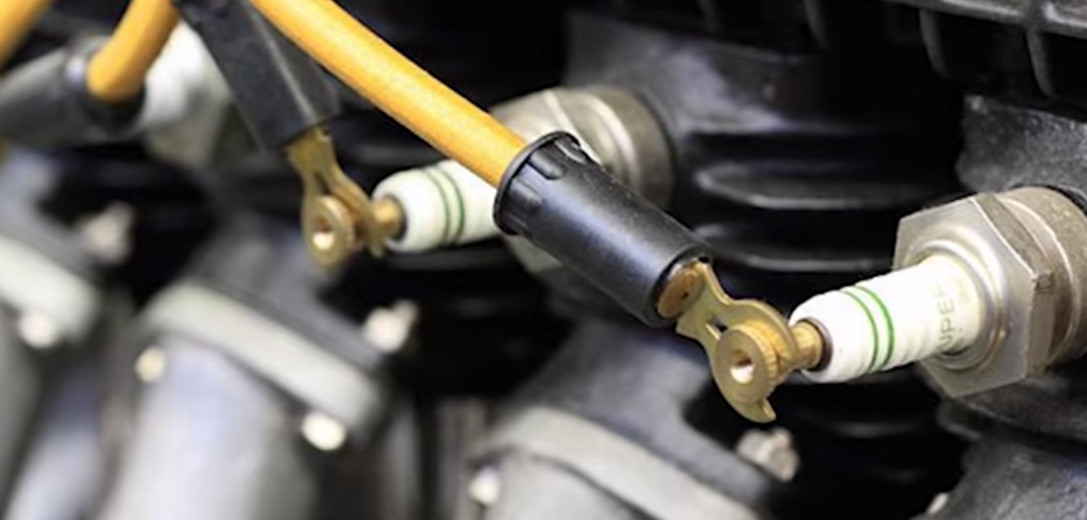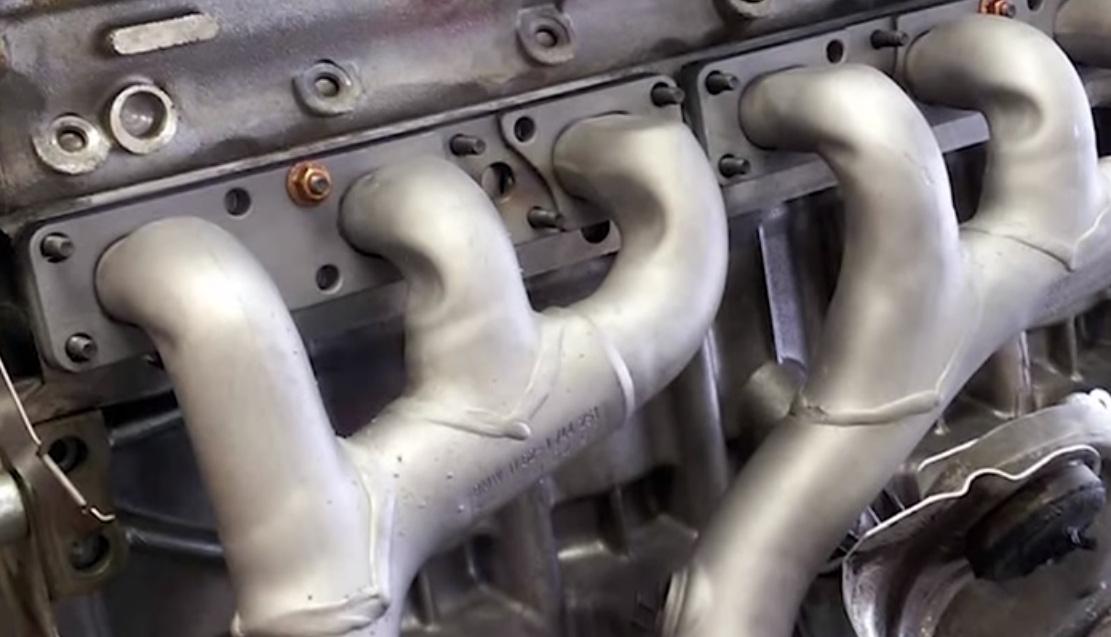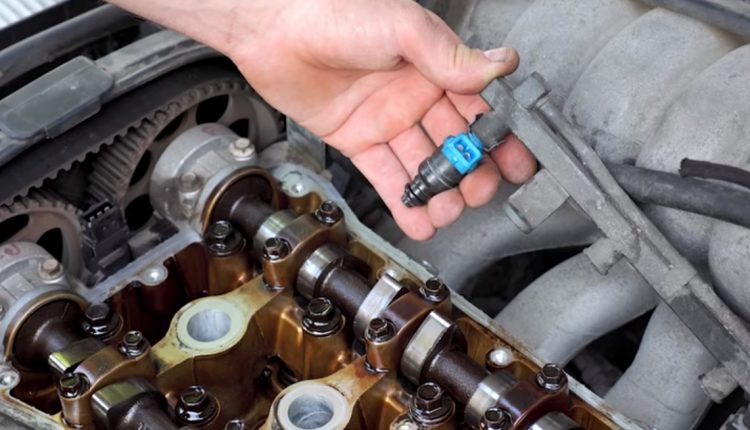Different Types Of Engine Parts And How They Work?
Understanding your vehicle’s engine can be very helpful at times. It aids in taking good care of your engine and extending its life over time. Even a rudimentary knowledge about the working of different engine parts can help you in this regard. If we talk in scientific terms, the engine is that component of your vehicle that converts chemical energy into mechanical energy. Chemical energy is stored in the fuel that gets burned inside the engine, and the mechanical energy helps to spin the wheels to provide motion to your car. Normally, there are two types of engines: the external combustion engine (EC) and the internal combustion engine (IC). The engine is an amalgamation of many different and discrete parts that work together.
Cylinder Block

A cylinder block or engine block is the main component of the entire engine. This component is also called the heart of your engine. The combustion of fuel takes place inside the engine block. Crankshaft, pistons and connecting rod are all attached on to the engine block. Some of the key functions performed by the cylinder block include temperature control, lubrication, and overall stability of the engine. Some of the components inside a cylinder block are cylinders (number varies from engine to engine), coolant passages, cylinder walls, and cylinder sleeves. There are water galleries to maintain a set temperature and oil galleries to keep all the essential parts well-lubricated.
Cylinder Head

The cylinder head fits on top of the cylinder block. It seals all the activity that is going on inside the cylinder block. This is to ensure that gasses do not leak. Injectors, valves, spark plugs and camshaft get attached on to the cylinder head. The cylinder acts as a lid for the cylinder block and forms a combustion chamber. A head gasket fixes the joint between the cylinder head and the cylinder block. A cylinder head has tracts that act as passages for air-fuel mixture to pass through to the engine block. If your engine is water-cooled, then there must be ducts present in the cylinder head for a mixture of water and anti-freeze agent to pass through. In certain engines like v-engines, there are two cylinder heads. Each cylinder bank gets one cylinder head.
See the different Types Of Engine Parts And How They Work – video:
Crankshaft
Crankshafts are usually found in internal combustion engines where they produce rotational motion by converting the reciprocating motion of the pistons. These are connected at the bottom of the cylinder block. This is an essential element as it transmits the power produced by the engine to other parts of the vehicle. The more cylinders you add to the engine block, the more complicated it becomes to design a crankshaft. Crankshafts are usually under a lot of pressure and stress.
Camshaft
Camshafts are used to open and close the engine valves. In modern times, it is fixed on top of the cylinder head. Camshafts are made out of either billet steel or chilled iron castings. Timing and duration are very important aspects of the functionality of a camshaft. The camshaft is connected to a crankshaft using a timing belt or chain.
Piston

Pistons are attached inside the cylinder on the crankshafts with the help of connecting rods. They work freely inside the engine block. The main task of pistons is to compress the fuel mixture and transmit power to the crankshaft. A piston moves back and forth in the bore of the cylinder. The pistons can be seen as the extensions of the cylinder head.
Connecting Rods
Connecting rods connect pistons to the crankshaft and transmit power from the pistons to the crankshaft. There are three parts of a connecting rod: small end, big end, and rod. The smaller end is attached to the pistons, and the larger end is connected to the crankshaft. A connecting rod is designed in such a way that it can rotate at both ends. If a connecting rod gets faulty and you keep running your engine with that, your engine can be rendered irreparable. A connecting can get damaged through the high speed of the engine or its incorrect installation.
Valves
In an internal combustion engine, the inlet and exhaust are controlled by valves. Valves are present inside the cylinder head and are connected to ports. The function played by these valves is very important in the overall working of the engine. The inlet valve lets in the air-fuel mixture that gets burned to provide the power. The exhaust valve let the burned gasses out of the combustion chamber in the cylinder.
Piston or Gudgeon Pin

It is used to connect the piston with the connecting rod. This pin acts as a pivot as the piston moves. This pin is a hollow rod made out of a steel alloy. Usually, a piston pin is designed as either a semi-floating pin or a fully-floating pin. It is basically separated from the piston and the connecting rod. The gudgeon pin has to work under very high temperatures; therefore, its design is a complicated task, especially small, powerful engines.
Piston Rings
Piston rings act as a sealer between pistons and the cylinder. These rings are fitted to the pistons to seal the combustion chamber of cylinders. This helps in reducing the loss of gasses from the cylinder, especially to the crankcase in a four-stroke engine. Pistons are usually made from steel or cast iron, and they also help in the regulation of oil by removing it from the cylinder wall and pushing it to the oil sump.
Spark Plug

Spark plugs are used in spark-ignition engines, and these are attached to cylinder heads. These help in burning the compressed mixture of air and fuel in the cylinders using an electric spark. A spark plug is typically made up of a metal shell. Inside a spark plug, you can find an electrode that is provided insulation using porcelain material. Spark plugs can also be used for other purposes like measuring ionization inside engine cylinders.
Injectors
These are included in compression-ignition engines, and there they spray fuel in the combustion chamber of the cylinders. They are also fitted to the cylinder head. These are very small in size and are electro-mechanical. They are positioned at a certain angle so as to spray the fuel either directly into the cylinder or the inlet valve of the engine.
Manifold

There are two main tasks performed by this component of the engine. Firstly, it supplies a mixture of air and fuel to cylinders. Secondly, it also removes exhaust gasses from cylinders. For this purpose, there are different manifolds for inlet and exhaust. Manifolds are usually made up of either stainless steel or cast iron. You can also purchase aftermarket exhaust manifolds, commonly known as headers. Inlet manifold also ensures an even distribution of air-fuel mixture to the cylinders. This even distribution is imperative as both the performance and efficiency are dependant on this.
Crankcase
The main body of the engine on which cylinder gets attached is called the crankcase. Engine oil resides inside the crankcase. There is an oil sump that contains the engine oil inside the crankcase. In the case of an open-crank engine, there is no crankcase. Two-stroke engines do not have an oil sump as part of the crankcase.
Strokes
In a four-stroke engine, there are four strokes. The first stroke is the inlet stroke in which the piston works downwards. As a result, the inlet valve opens, and a mixture of air and fuel enters the cylinder. The second stroke is the compression stroke, and when this stroke moves upwards, both the valves close. In this way, the air-fuel mixture gets compressed. The third stroke is the power stroke. The power works downwards as the spark plug ignites a spark that propels this stroke downwards. Here the mixture burns with the help of the spark ignited by the spark plug. The fourth stroke is the exhaust stroke. This opens up to remove all the burned gasses out of the cylinder. This is how a four-stroke engine completes a stroke.
If you want a car engine for sale, visit Pakwheels auto store for the best deals on car engines.
Learn about ways to improve your car’s fuel efficiency
Stay tuned for more informative content like this one and drop your thoughts in the comments section below.


